Hatfield Marine Science Center — Marine Studies Building
Newport, Oregon
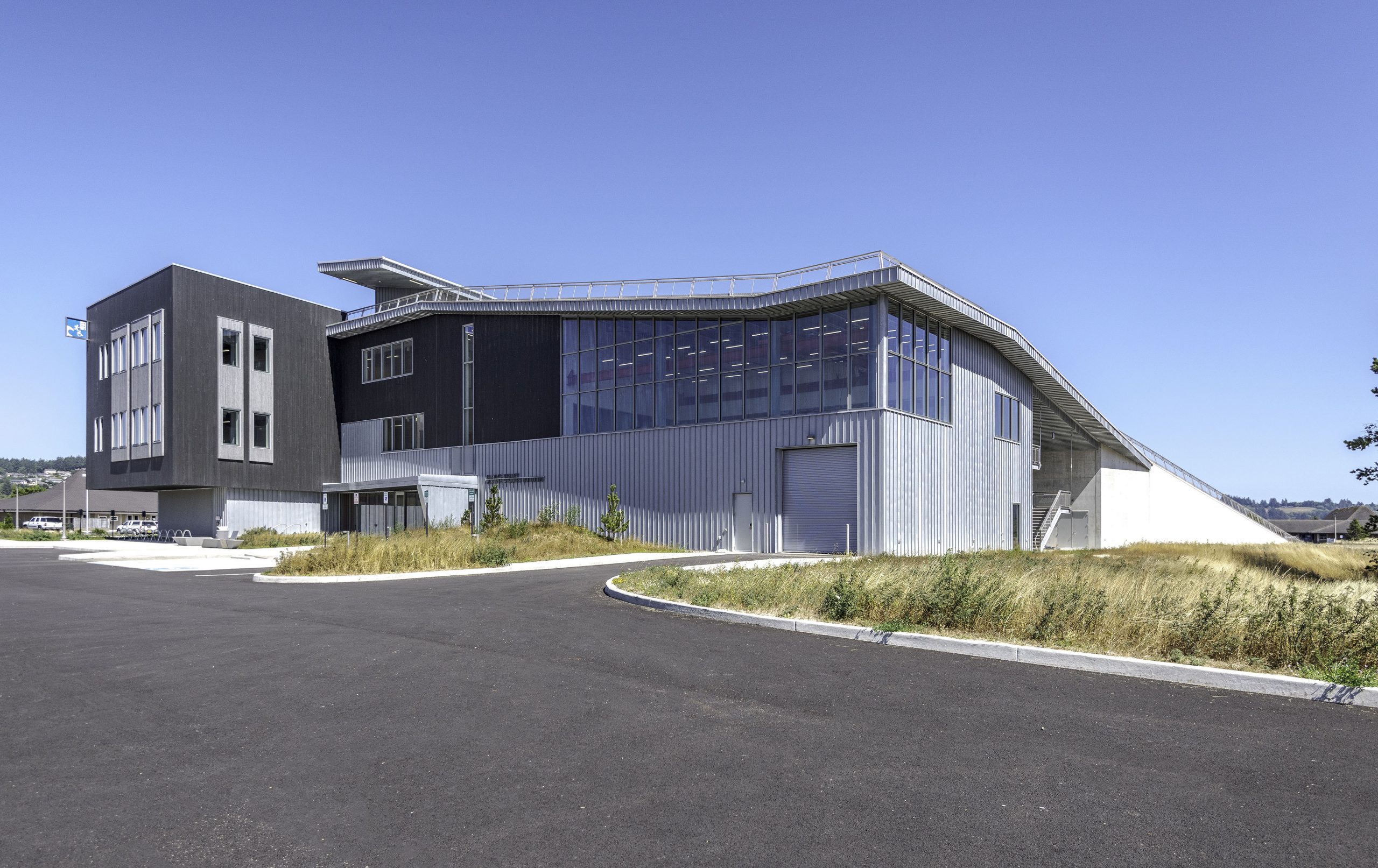
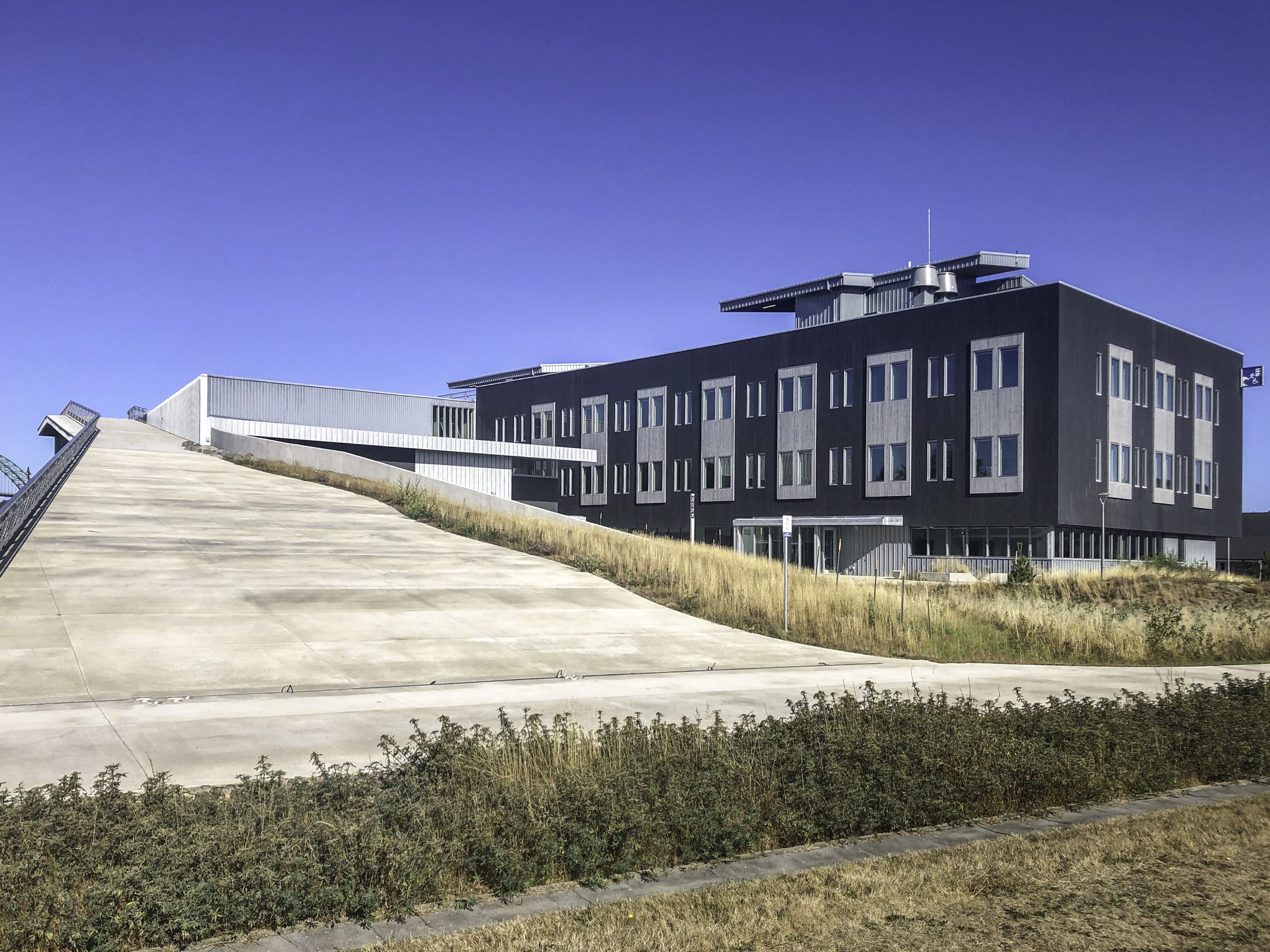
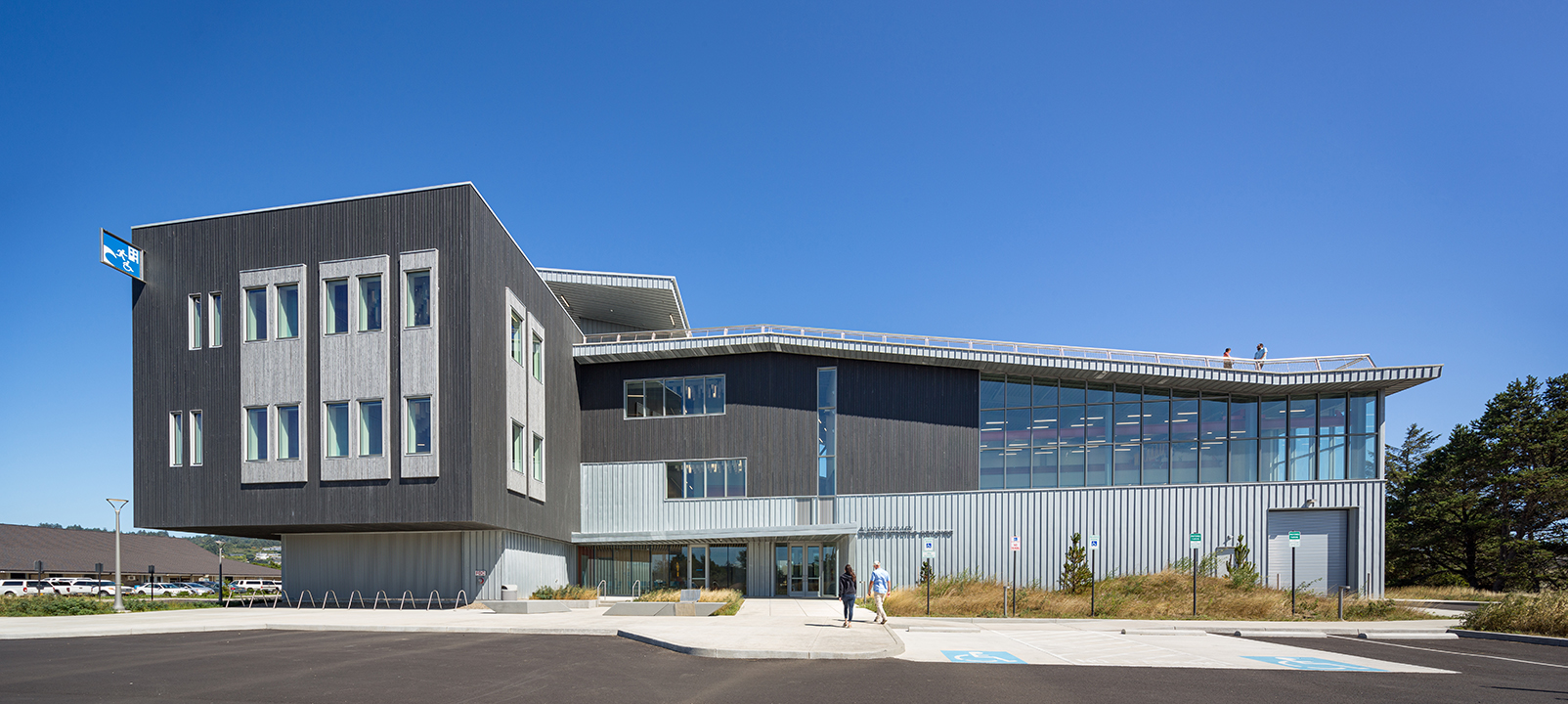
Photo credit: Josh Partee
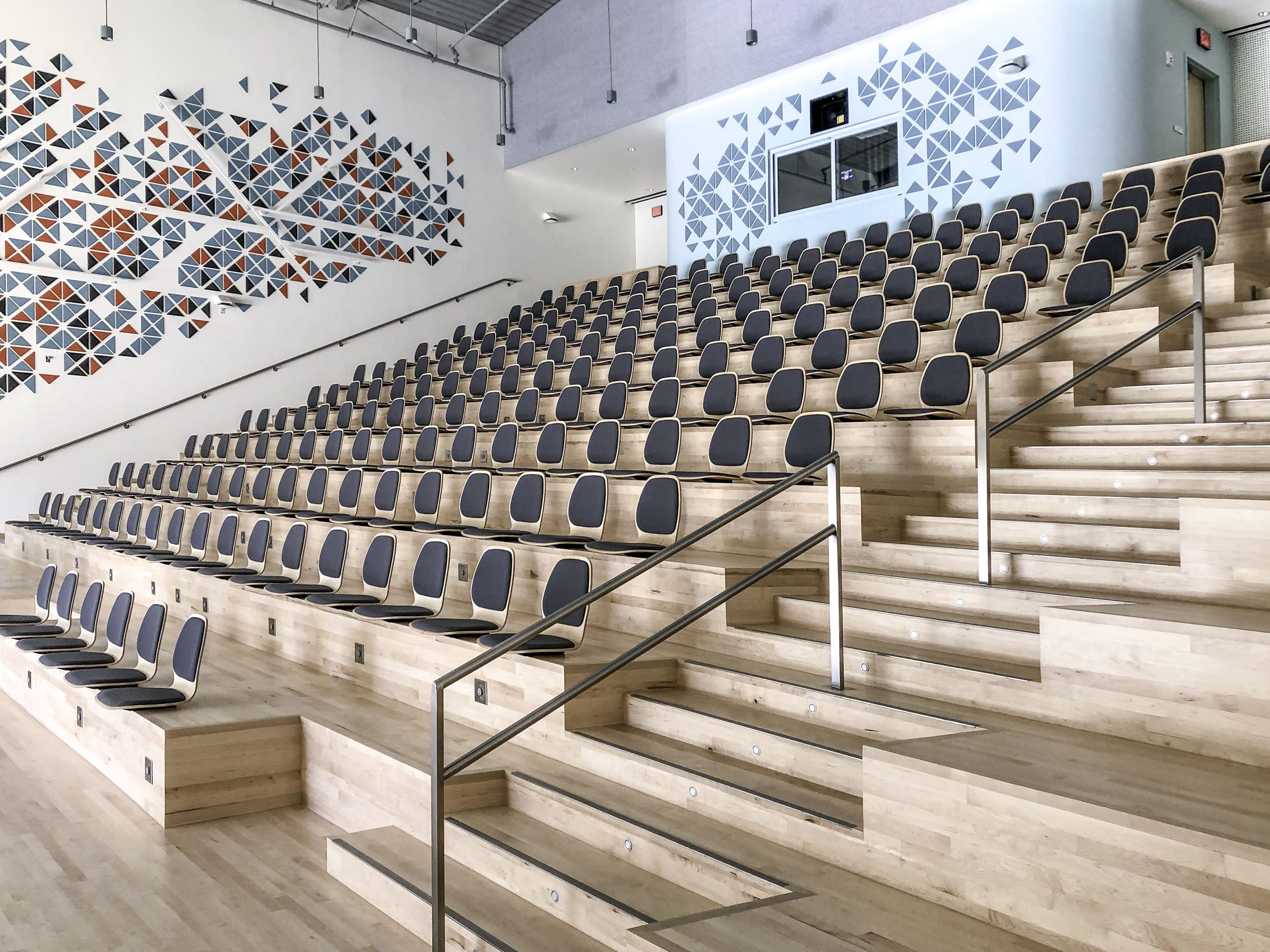
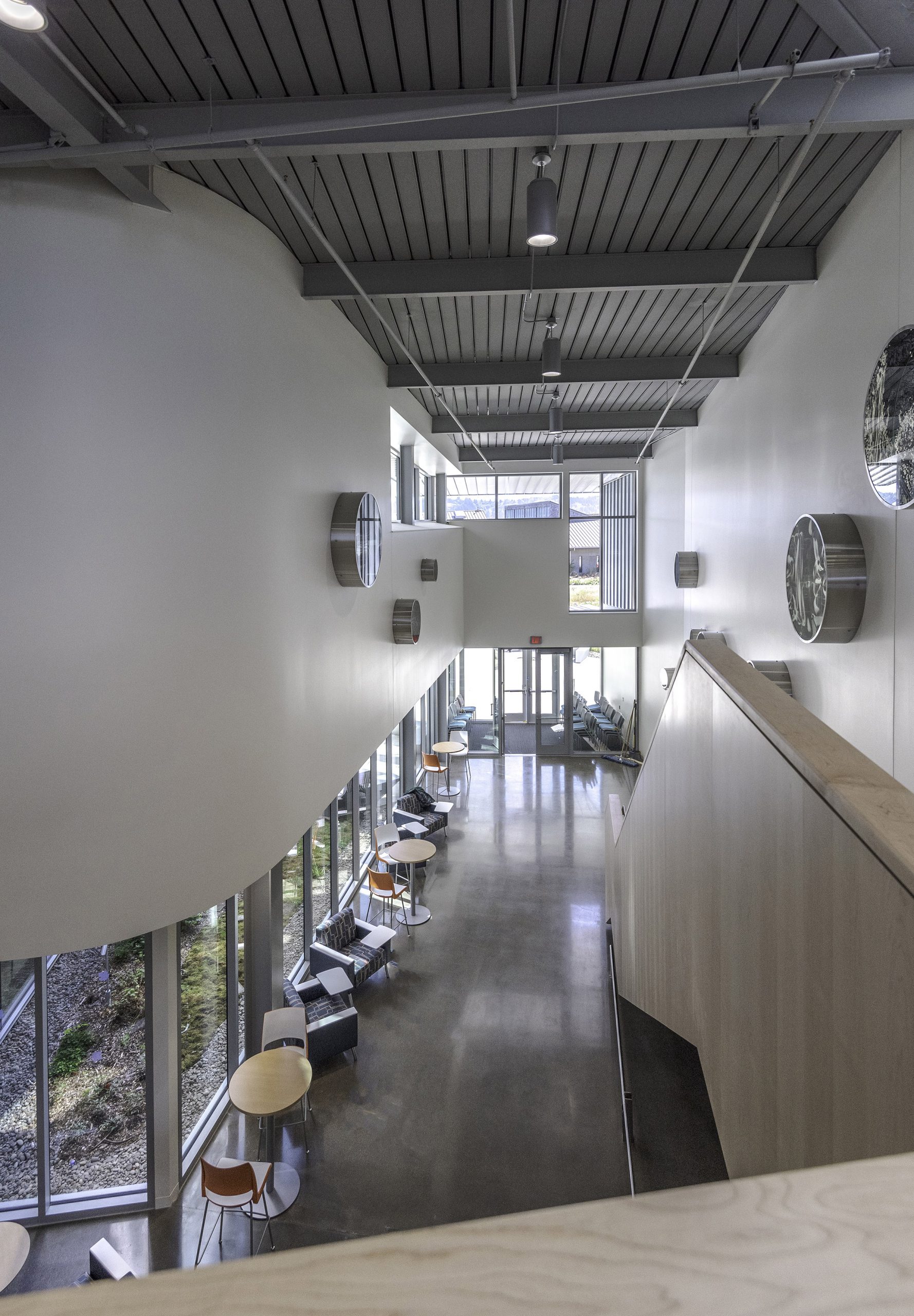
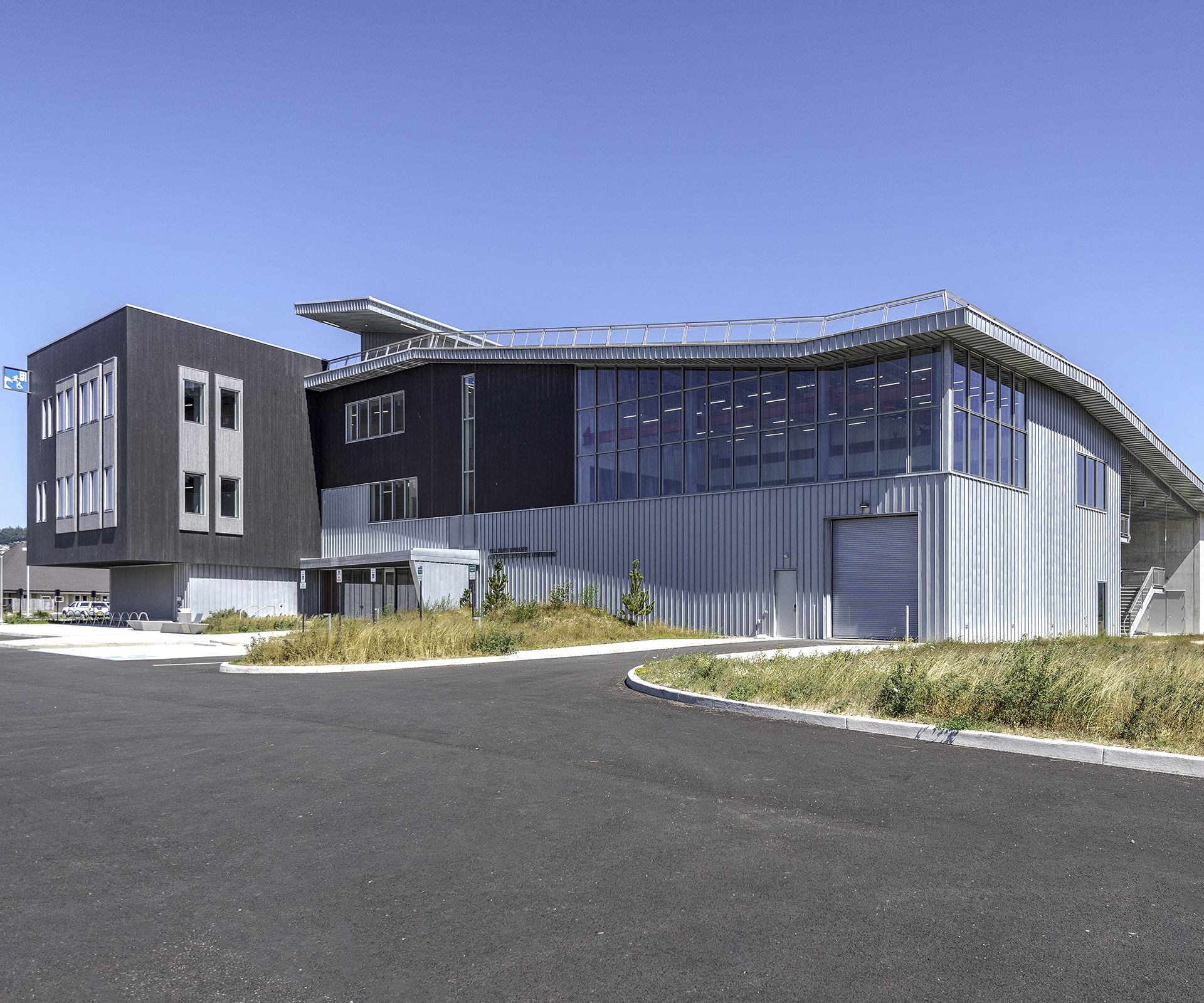
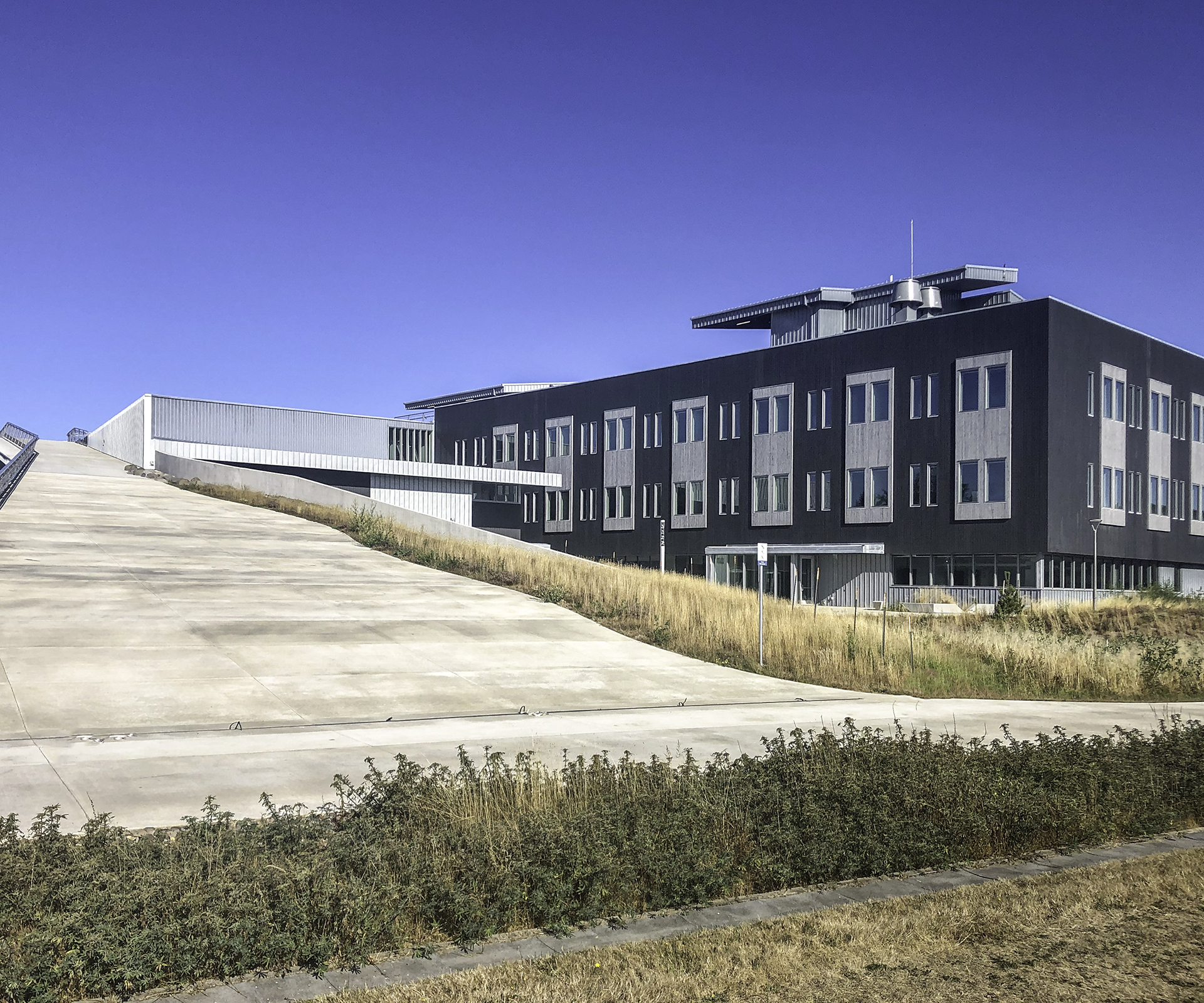
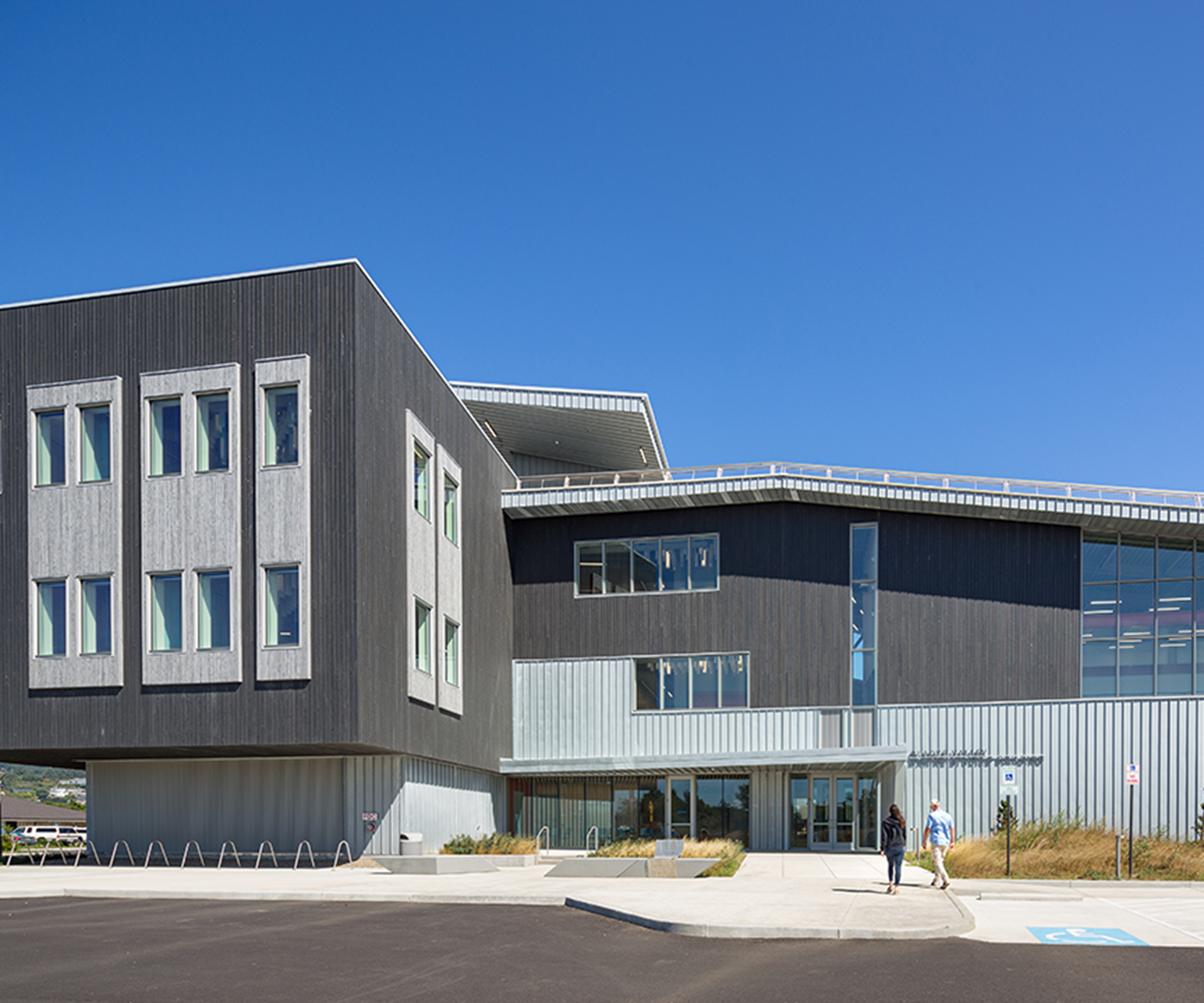
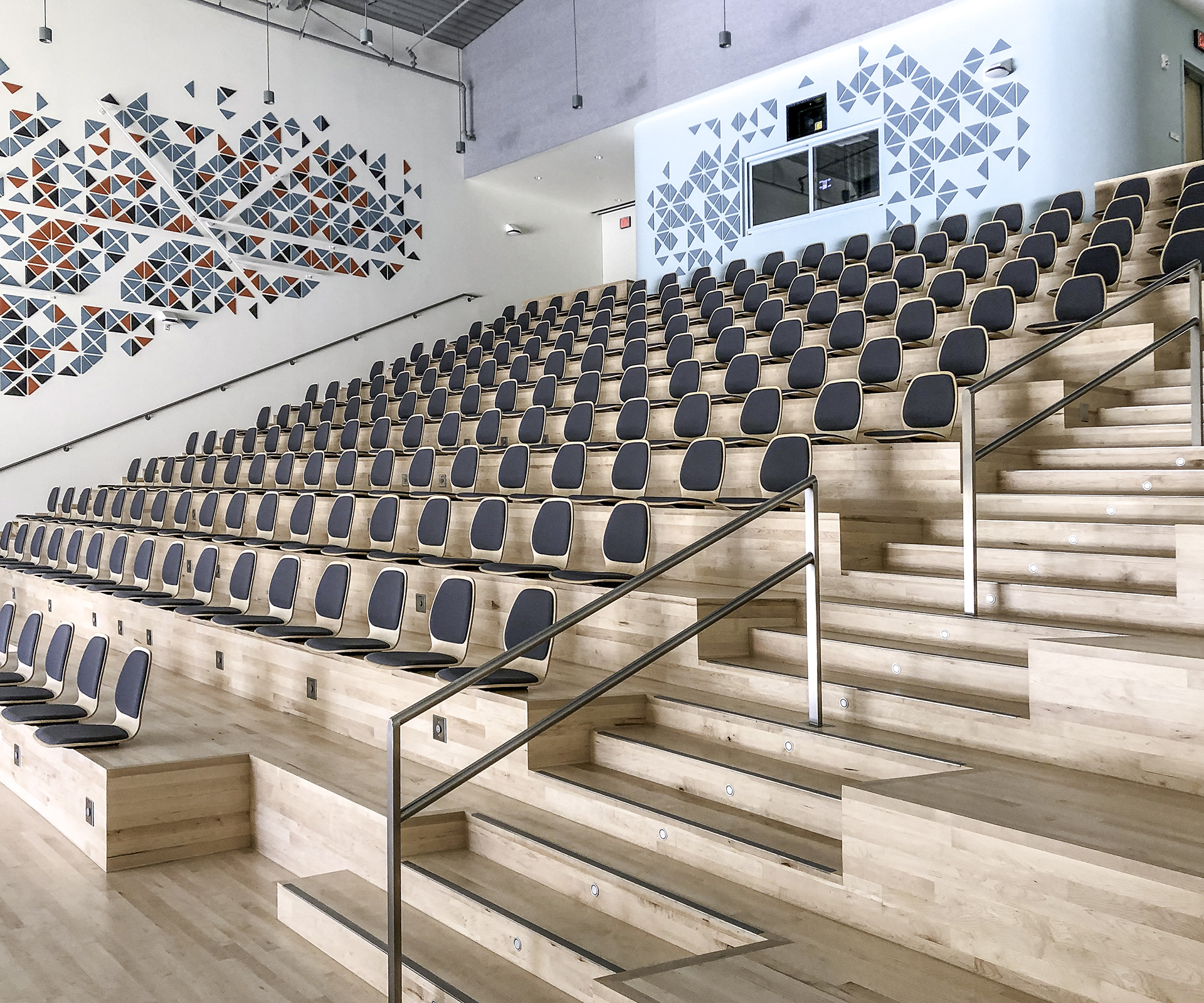
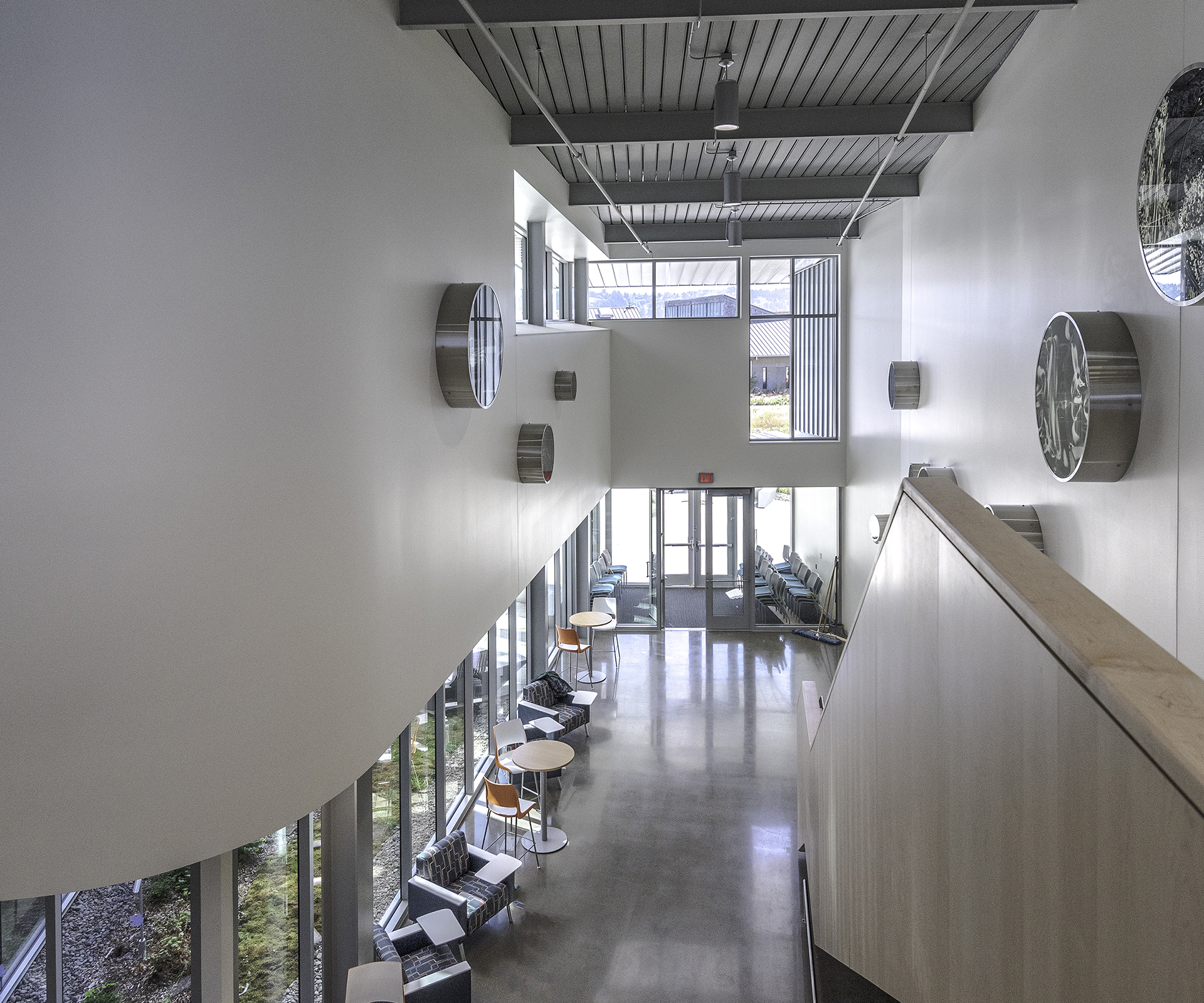
Structural Engineering
Education
LEED Silver
ACEC Oregon, Engineering Excellence Awards, Project of the Year, 2021
ACEC National, Grand Award, 2021
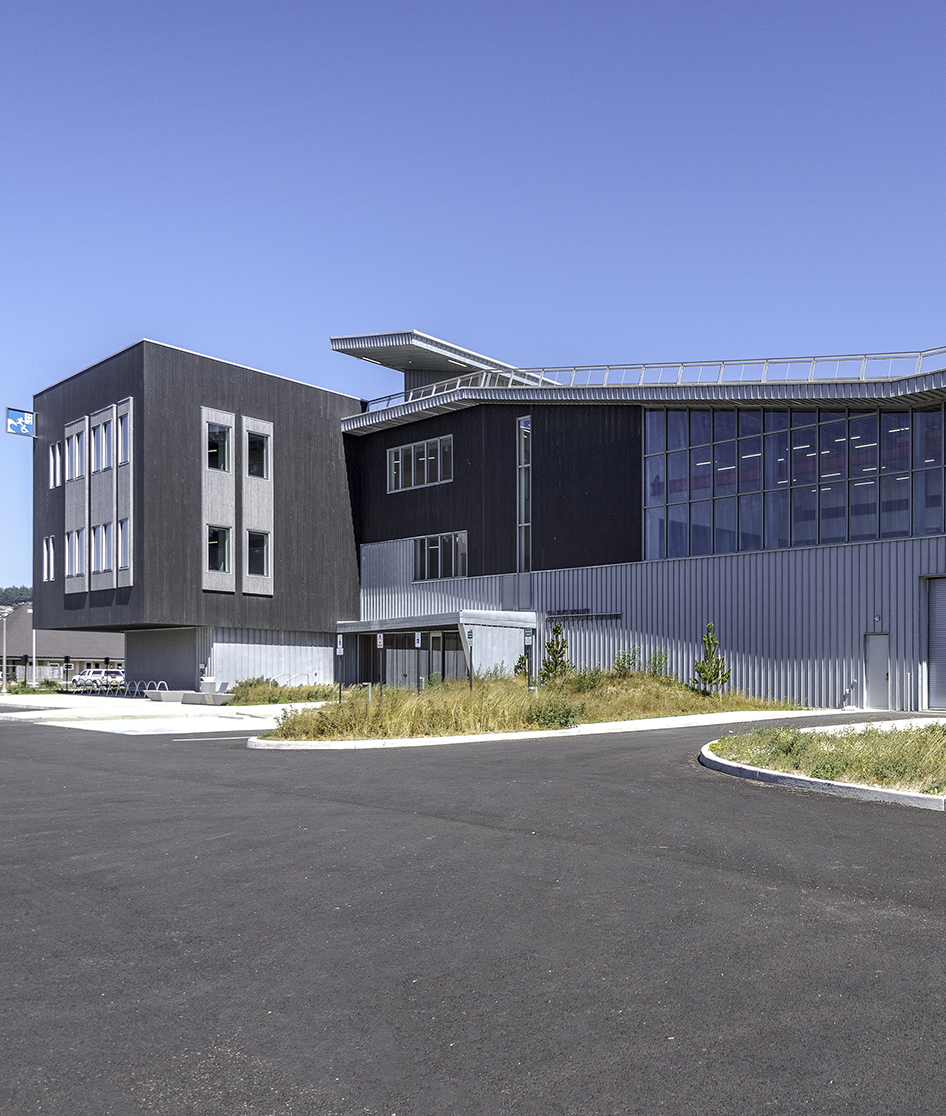
When Oregon State University decided to locate the new Marine Studies building at the Hatfield Campus on the Oregon coast, they were faced with a tremendous challenge: the site for this new, state-of-the-art, 74,000sf research lab and teaching facility is located in a tsunami inundation zone. As a result, the university prescribed ambitious performance goals for the new structure, including surviving a Magnitude 9.0 Cascadia Subduction Zone Earthquake and the potential corresponding tsunami.
The completed building is seismically separated into two parts: the northern building (lab wing) is a 3-story structure that contains teaching classrooms, faculty offices, and lab space with a vertical tsunami evacuation refuge on the roof. The connected southern building (commons wing) is 2-stories and contains a 250-seat auditorium, an innovation lab, and a multi-level atrium. As part of the building resiliency, the structure is designed to resist progressive collapse by providing structural redundancy in the case of large debris impact, which is common with tsunami events.
When designing this challenging project, the team began by performing site-specific geotechnical and tsunami modeling to assess the site hazards and develop seismic forces and inundation depths for design. Using the American Society of Civil Engineers (ASCE) Standard 41 “Seismic Design and Retrofit of Existing Buildings” for the new structure, KPFF tailored the analysis to specific performance objectives, optimizing the design. The facility is supported on a deep soil mixing ground improvement system, which mitigates the liquefaction hazard and supports the buildings’ spread footings while providing scour protection from tsunami flows around the perimeter. The seismic force resisting system for each building part is special reinforced concrete shearwalls with a structural steel and slab-on-metal deck gravity framing system. The facility is designed to meet Immediate Occupancy (IO) structural performance under the Maximum Considered Earthquake (2,500 year event).